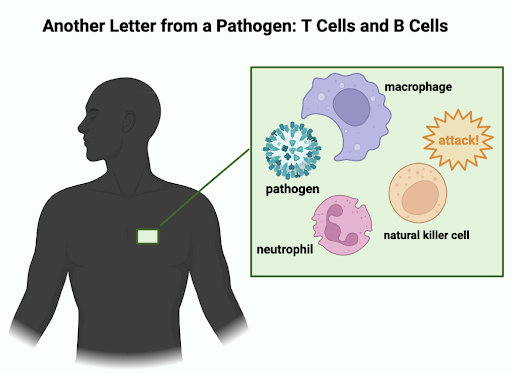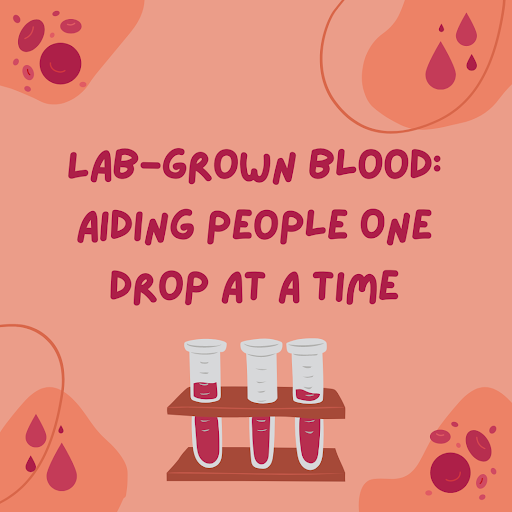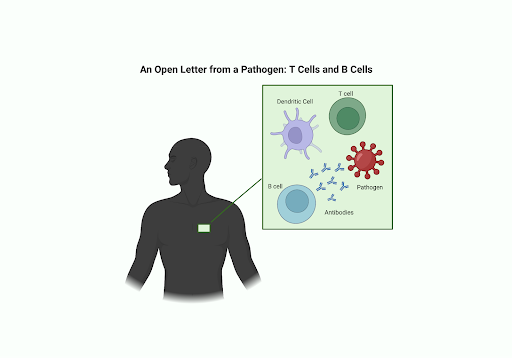By Ariane Tsai, C2ST Intern, University of Illinois Urbana-Champaign, Institute for Genomic Biology
In a recent blog post, we looked at adaptive immunity and how T cells and B cells react to seeing a pathogen in our bodies. But T cells and B cells are not the only immune cells fighting against outside invaders. In this post, we will look at other formidable, innate immune cells and learn how they protect our bodies as first responders!
Continue reading “Another Letter from a Pathogen: Neutrophil & Macrophages”
By Laura Tran, PhD, C2ST Intern, Rush University
Blood is the fluid of life.
It contains three types of cells: platelets, white blood cells, and red blood cells. (1) Platelets are responsible for forming blot clots when we are injured. White blood cells are responsible for aiding our immune system by fighting off infection. Red blood cells carry oxygen throughout the body.
Continue reading “Lab-Grown Blood: Aiding People One Drop At A Time”
By Ariane Tsai, C2ST Intern, University of Illinois Urbana-Champaign, Institute for Genomic Biology
Do you ever wonder how our bodies protect themselves from threats?
Not only are our bodies constantly under threat from the outside world, but they also naturally produce cells that could be harmful, like cancer! Thankfully, our bodies have built up their own defense systems to fight off these dangers. In this article, we will take a closer look at an aspect of the immune system called adaptive immunity, where T cells and B cells work hand in hand to eliminate pathogens from our bodies.
Continue reading “An Open Letter from a Pathogen: T Cells & B Cells”


